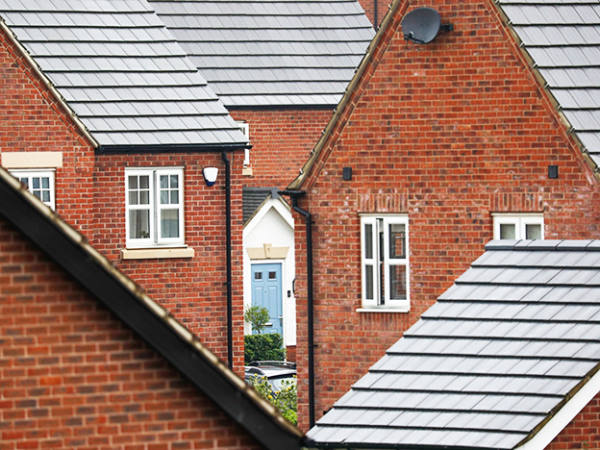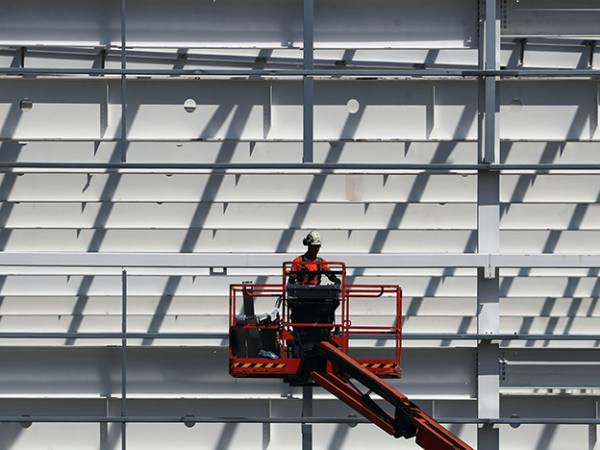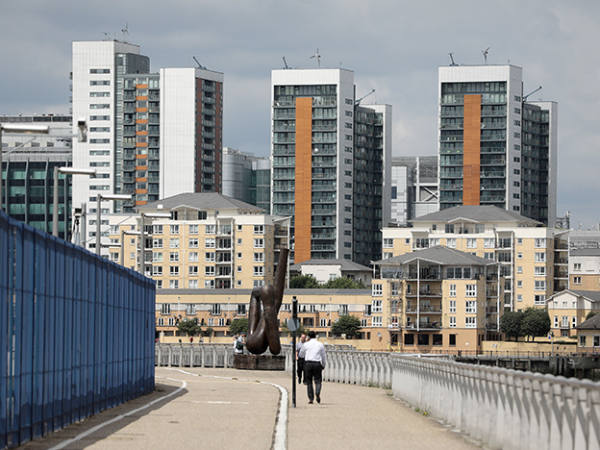How do you work your way out of a downturn? That is the question the UK’s real estate investment trusts (Reits) have been scratching their heads over during a tumultuous few months.
Raising money is harder in a depressed equity market (which is one of the reasons Ediston Property Investment Company (EPIC) said last week it was mulling some kind of sale or merger with other Reits); raising rent for tenants struggling with inflationary pressures runs the risk of them cutting their leases; selling your assets to generate cash means crystallising lower prices; and development is an expense that needs to be paid for with debt – which is many times pricier now than it has been for the past 15 years. Throw in the prospect of a further lending pullback as the banking sector comes under pressure following the SVB collapse and the rescue of Credit Suisse, and it becomes difficult to see how Reits will emerge from this slump unscathed.
There are no easy options, but for many Reits pushing on with development is seen as the most plausible. By taking these risks, their hope is that they will emerge from the downturn stronger than before. The schemes they are building out reveal a lot about where the commercial market is headed and what asset classes are perceived to have the best growth potential in the years ahead.
British Land reveals life sciences amibitions
By far the biggest development play in the UK Reit world right now is in Canada Water – a 53-acre London neighbourhood being developed by British Land (BLND) that will feature up to 3,000 new homes, 2mn square feet (sq ft) of workspace and 1mn sq ft of retail, leisure and entertainment space.
The Reit says the total development value of the project, which is building in a 50:50 joint venture with giant Australian pension fund AustralianSuper, will be £6bn. Considering British Land’s portfolio is currently valued at £9.46bn, its stake in Canada Water will account for a significant chunk of total net asset value (NAV) when the project completes in 2031. Indeed, the buildings coming out of the ground already account for £460mn – or 4.8 per cent – of British Land’s portfolio.
The details that have so far emerged speak volumes for British Land’s ambitions. Last week, it revealed that it wanted to deliver 300,000 sq ft of workspace at Canada Water with “potential to support innovation and life sciences businesses”. As we've previously noted, life science is seen as a profitable niche within workspace development because the high capital expenditure of developing laboratory space can lead to much higher rents and capital values. Those worried that traditional office space is facing a post-Covid existential crisis are also attracted to it. After all, while many office workers can and do work from home, a lot of science still needs to be done in a physical lab.
However, there remains just one UK life science Reit out there – the aptly named Life Science Reit (LABS) – for the oft-cited reason that the nascent nature of the sector, and its high upfront costs, are seen as a risk. LABS listed on the London Stock Exchange at the end of 2021 after raising £350mn in an oversubscribed issue on the promise of delivering space for the UK’s life science and biotech industry. Its shares have struggled since then, as you would expect for a riskier asset in the current environment. The Reit’s results for the last calendar year are due to be published at the end of this month, which should give a clearer picture of how net asset value is faring at a time of higher interest rates. But British Land evidently believes in the sector’s long-term attractions, and it is banking on being rewarded for its ambition.
Another eyebrow-raising aspect of the Canada Water scheme is that the 3,000 homes it is developing will account for 38 per cent of the scheme’s total development value. This represents a sizable shift from one of the UK’s three biggest commercial landlords towards both rental and for-sale housing.
It could prove to be a watershed moment. Despite the popularity of build-to-rent (BTR) in the US and other economically developed countries, the idea is relatively new to the UK and there are currently no FTSE 350 Reits with heavy exposure to BTR. Unite Group (UTG) has a large portfolio of rental accommodation, but its focus on students makes direct comparisons difficult. Grainger (GRI) is the biggest true BTR player in the listed space, but it is technically not yet a Reit due to the current size of its house-selling operations – Reits need to make 75 per cent of their income purely from rent to qualify for the tax-exempt status. If British Land makes a success out of Canada Water’s BTR assets, other Reits may also look to increase their exposure to the asset class.
Beds and sheds
Speaking of Unite, its 2022 was markedly different from its peers in the Reit world. While others swung to losses due to valuation hits, it managed to grow its profits and revenue thanks to a valuation bump and increased rental income. The student accommodation sector is seen by investors as somewhat immune to the real estate market downturn due to the surging demand and the continued dearth of supply.
Unite’s results show it is confident about being the company to fill this supply shortage. It is currently committed to four development schemes, totalling 2,123 beds at a cost of £339mn, and says it “expects to commit to further development activity during 2023”. Some of this could come out of the ‘development pipeline’, which it is sitting on but hasn’t yet committed to building out by breaking ground.
When you pool this uncommitted and committed development pipeline together, it amounts to a total of 4,863 beds, with a total development cost of £850mn. A sizeable amount for a Reit with a completed portfolio of 29,585 beds.
To turn to a third sub-sector, warehouses – or sheds in industry parlance – started last year as commercial real estate’s hottest asset class due to investor excitement about their role in the rise of online shopping, before the deflating of that speculative bubble was followed by the wider real estate downturn. As such, sheds lost proportionately more value than any other asset class in 2022.
Despite this, the two largest UK-listed shed shifters, Segro (SGRO) and Tritax Big Box (BBOX), have both signalled in their most recent results that they are going full steam ahead with development. Over the course of 2022, the former invested £1.5bn into its already sizable £2.73bn development pipeline, which accounts for 18 per cent of the total value of the portfolio.
Tritax is similarly bullish – if not more so. Its “near-term development pipeline” comprises “the potential to deliver around 10.8mn square feet within the next 36 months, with the potential to add £87.6mn to contracted annual rent”. When you consider that Tritax’s current contracted annual rent stands at £224mn, you begin to get an idea of how much revenue it is looking to add to the company over the next three years.
Will these bets pay off? On the one hand, even with the recent pullback from Amazon on warehouse expansion, leasing data shows that warehouse demand is still near record highs while supply is still near record lows. On the other hand, 36 months is a long time. The question is whether the ecommerce need for warehouse assets will still be as acute in 2025.
The same questions could also be asked of Unite’s rampant student accommodation development. Still, as a general rule, we rate the Reits who are bullish enough to build for markets where there is demonstrable demand as better investment cases than those sitting on their hands during this downturn.











